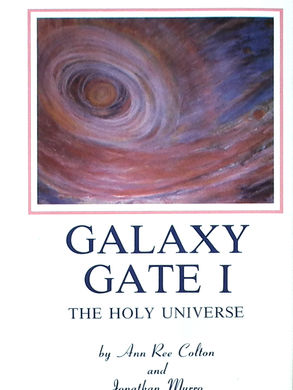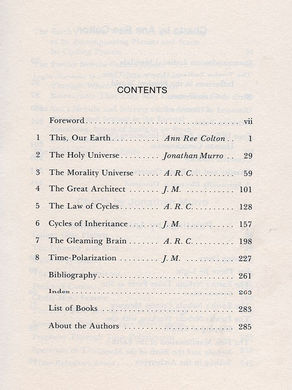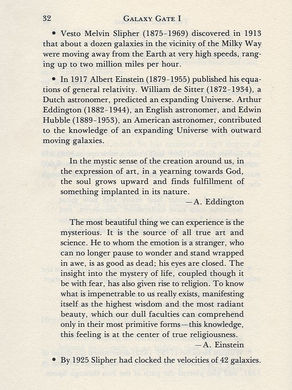Description:
The three outermost planets, Neptune, Uranus, and Pluto, comprise the galaxy gate, through which the cosmic energies of stars and galaxies are influencing sentient life on Earth. Through spiritual initiation man is now evolving a godly consciousness that will awaken and unite him with the Intelligible energies and purposes supporting the universe. The authors discuss important concepts related to developing this consciousness, including the specific functions of the planets, zodiacal patternings, the universe as a morality system, the gleaming brain, universal and archetypal cycles, time polarization, and many other subjects.
Book Cover:
Galaxy Gate I provides a necessary spiritual perspective of the solar system and the universe. The future role of man in the Cosmos requires more than a scientific understanding of the stars and galaxies; it requires the knowledge and expression of ethics, virtues, conscience, and morality.
Table of Contents:
This, Our Earth
The Holy Universe
The Morality Universe
The Great Architect
The Law of Cycles
Cycles of Inheritance
The Gleaming Brain
Time-Polarization
Excerpts:
"The religious heart and the galaxies are how one knows Universal God. Worship of God and union with His Reality are greater than a million telescopes or surveying methods, for by Universal and Cosmos intuition man experiences God as the One in galaxy, in eternity, in stars, and in planets." (Ann Ree Colton)
"Each scientific discovery about the wonders of space contributes to the growth of the minds of men. When these discoveries are accompanied by a deep love for the Creator, the heart as well as the mind becomes involved in a rapturous closeness with the Cosmos." (Jonathan Murro)















